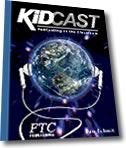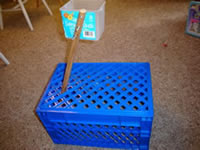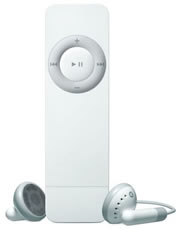Soft Reset #5: Michigan Conference
 Saturday, November 19, 2005 at 8:26PM
Saturday, November 19, 2005 at 8:26PM  Soft Reset Show #5 features audio from the 5th Annual Michigan Handheld Computers in Education Conference held November 4, 2005. Tony and Mike discuss the conference and some things they learned while there. Listen for conference participants' reflections and ideas about the conference and using handhelds for learning. You'll also hear why a Fruit Roll Up seems to be a big deal to at least one student.
Soft Reset Show #5 features audio from the 5th Annual Michigan Handheld Computers in Education Conference held November 4, 2005. Tony and Mike discuss the conference and some things they learned while there. Listen for conference participants' reflections and ideas about the conference and using handhelds for learning. You'll also hear why a Fruit Roll Up seems to be a big deal to at least one student.Show Notes:
- Andy Mann is the organizer for the Michigan Handheld Computers in Education Conference. Check out the photos from the conference.
- Tony's Tip: Take some time to go through the presenters' handouts from the conference. In particular, see Gayle Underwood's Handhelds with Special Needs handout.
- Mike's Tip: Subscribe to Google Alerts. Enter search terms like handhelds and grants, handhelds and conferences, ubiquitous computing, etc.
- Inspiration for Palm and Pocket PC has some great templates for use by even very young children.
- Quizzler can be used for a fun Tic-Tac-Toe game.
- RCET's Ubiquitous Computer Conference: Bridging Research & Practice is December 1 & 2, 2005 in Kent, Ohio.
- Email Tony and Mike with your questions in audio format to softresetpodcast@gmail.com.






 For Palm, try out these two freeware applications:
For Palm, try out these two freeware applications: 








 The December Issue of PC World magazine contains the article
The December Issue of PC World magazine contains the article 

 The San Bernardino County Sun recently published the article
The San Bernardino County Sun recently published the article  this: The
this: The 
